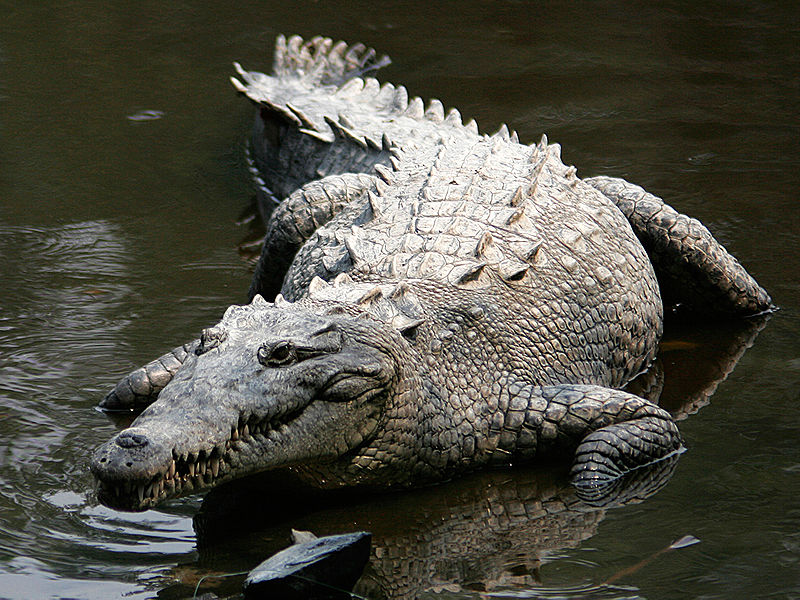News release
From:
Discovery of Facultative Parthenogenesis in a New World Crocodile
Facultative parthenogenesis has been documented in multiple species of birds, lizards, snakes, and elasmobranch fishes. Nonetheless, questions remain as to its occurrence outside of these lineages; notably in Crocodylia (crocodiles, alligators, and gharials). Using whole-genome sequencing, we provide the first evidence of parthenogenesis in a crocodilian, the American Crocodile. The data support a parthenogenetic mechanism that shares a common evolutionary origin across reptiles, crocodilians, birds, and elasmobranchs. With parthenogenesis documented in the two main branches of extant archosaurs (crocodiles and birds), this discovery offers tantalizing insights into the possible reproductive capabilities of the extinct archosaurian, notably Dinosaurs and Pterosaurs.
Virgin crocs – The first ‘virgin birth’ in crocodiles could give insights into the reproductive capabilities of dinosaurs. One of twelve eggs, found in the enclosure of an isolated female American crocodile, contained a fully formed foetus which was genotypically identical to its mother. Although these eggs didn’t hatch, this case offers ‘tantalising insights’ into the reproductive capabilities of extinct archosaurs.



 International
International



